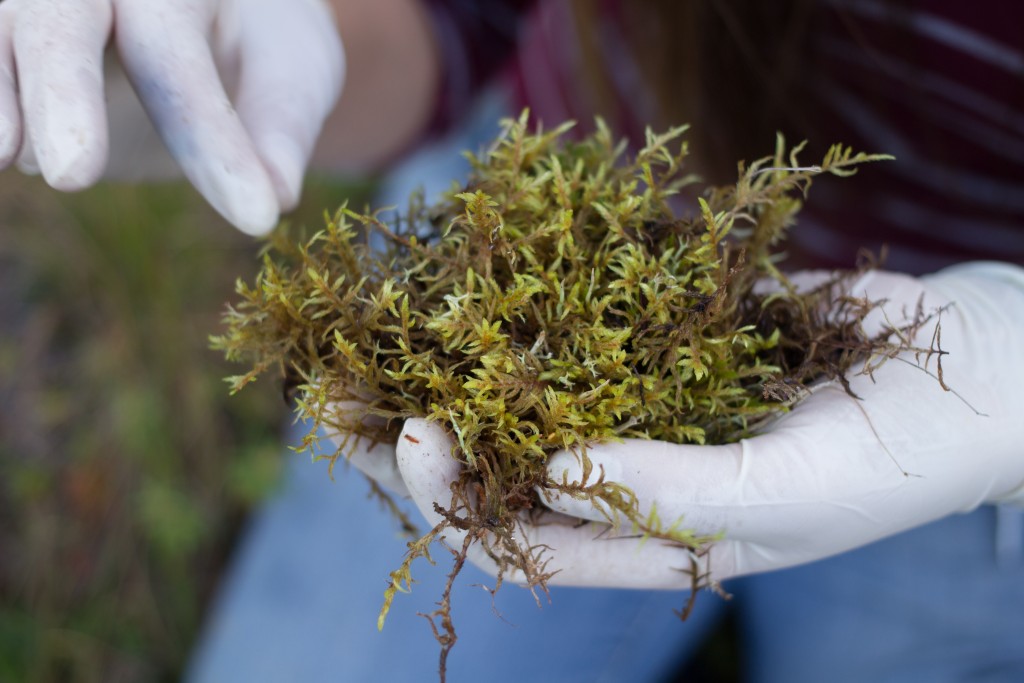
Collaborative Research: Community genomic drivers of moss microbiome assembly and function in rapidly changing Alaskan ecosystems
Overview
This proposal presents a comprehensive plan to model first the role of bryophyte genetic and phylogenetic variation in driving the assembly and function of their associated microbial community, and second the interactions between these dimension of biodiversity that influence Arctic and boreal ecosystem processes. Although it is clear that microbes are critical components of living systems at all levels of biological organization, the long-term role of the interdependencies between host genotype and microbiome in the generation and maintenance of biodiversity are poorly understood. To fill this gap, we will combine genomic and metagenomic tools with new phylogenetic and distribution modeling approaches to determine the role of microbiome niche conservatism and host local adaptation in shaping the response of Arctic and boreal biodiversity to planetary re-engineering climate change. The experimental approach has three integrated aims:
Objective 1: Reconstruct the evolution of the feather moss microbiome
Objective 2: Develop a spatial genetic model of microbiome assembly and function
Objective 3. Evaluate spatial genetic model predictions using LTER experiments
This work is innovative in its use of genotype distribution models and LTER experimental sites to understand the dynamic feedbacks between ecosystem composition and function.
Bryophytes and their associated microbes are critical components of carbon (C) and nitrogen (N) cycling in Arctic and boreal ecosystems, yet the assembly and function of these communities is poorly understood. Importantly, rates of biological N fixation and potentially carbon fixation depend in complex ways upon the genotype of the moss host and the composition of the microbiome, in addition to abiotic features of the environment. Critically, we know neither the identity nor spatial distribution of genotypes (moss or microbial) responsible for rate variation in key biogeochemical processes, nor how the productivity patterns will change as existing populations evolve in response to a warming climate. This is a critical gap in our knowledge: Even modest correlation between genotypic variation and coupled C and N fixation may cause systemic changes to high northern latitude biodiversity and ecosystem function as the climate warms and moss or microbial allele frequencies change. The goal of the research in this proposal is to determine the effect of moss population genetic and species diversity on microbiome community assembly and function. This is significant because it will enable us to provide a clear link between landscape-level processes, like local adaptation and host specificity, and ecosystem-scale biogeochemical processes that are critical determinants of productivity in high northern latitude ecosystems.
The PIs are committed to the advancement and dissemination of scientific knowledge, in particular in the area of biodiversity studies, which the PIs believe are central to navigating the challenges of the 21st century, in particular climate change. The PIs plan the following activities:
- Increasing participation by underrepresented groups in STEM fields- CU, NAU, and UF all educate undergraduates from a broad spectrum of society, many of them first-generation college students or members of other underrepresented groups in STEM fields;
- Increased public scientific literacy and engagement with science: The PIs will develop interactive bryophyte and microbe museum exhibits presented using non-technical language;
- Improved STEM education and educator development: The PIs will train graduate students and undergrads, as well as incorporate the results of this research into their classes;
- Enhanced infrastructure for research and education: The data generated for this project will augment those collected at LTER sites, and the resulting statistical tools and genomic data will be widely distributed to the scientific community through publications and workshops.
The PIs combine expertise in ecosystem ecology, metagenomics, population genetics, and statistics with a strong record of promoting interdisciplinary training and generating excitement for organismal biology.